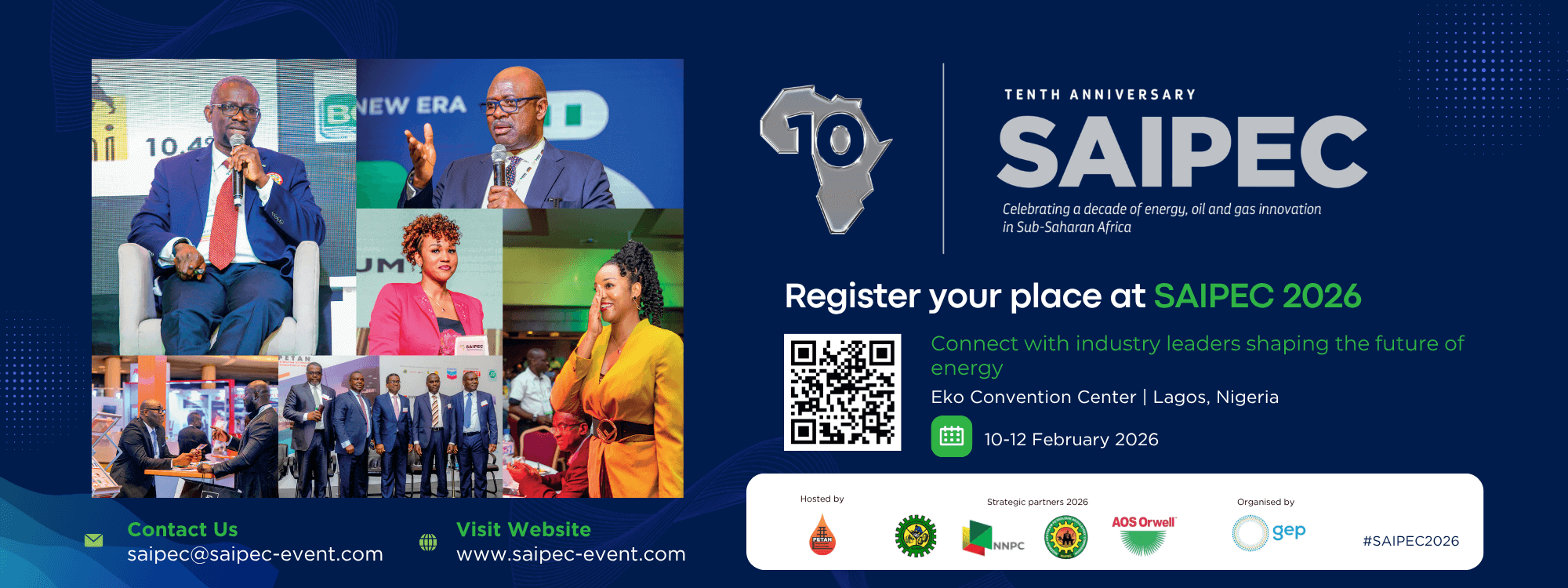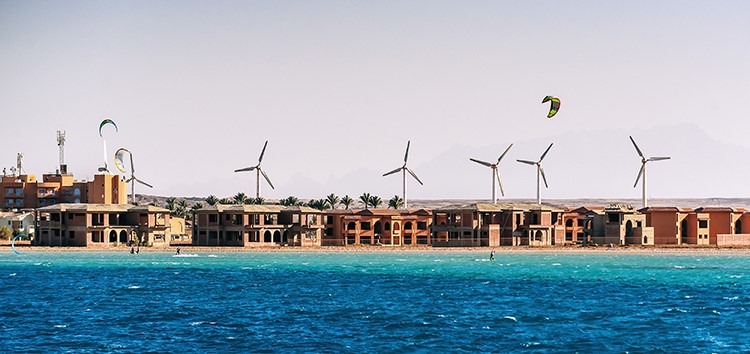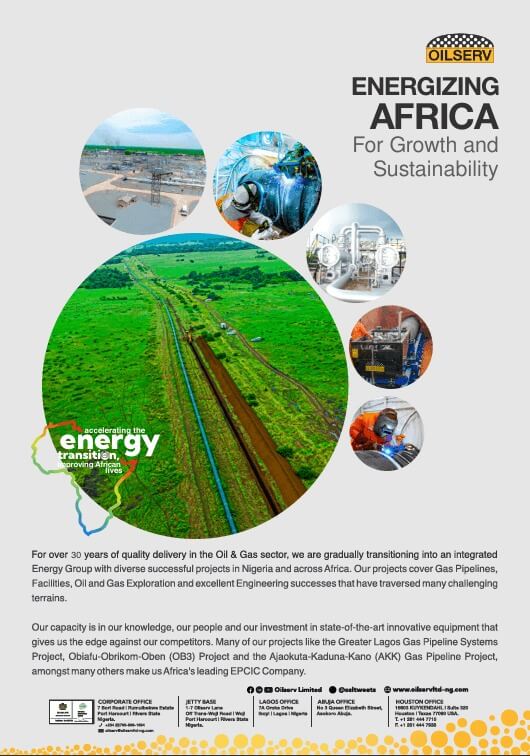Egypt boasts a fast growing renewable energy industry. And, with significant potential to develop the sector even more, the country can add even more value to its economy and accelerate its green transition.
The European Bank for Reconstruction and Development (EBRD) has been and will continue to be one of Egypt’s key partners on this journey, investing in innovative projects and advancing change through policy reform, including creating an enabling regulatory environment.
The Bank’s support for renewables in Egypt has been steadfast, investing in one of the largest solar plants in Africa and supporting the transition from a feed-in tariff (FiT) framework to competitive tenders. It is now about to enter an exciting new chapter as lead development partner in the energy pillar of the country’s ground-breaking Nexus on Water, Food and Energy (NWFE).
Benban solar park
Since 2012, the Bank has been part of the flagship Benban solar park development, investing more than US$ 1.1 billion in 16 photovoltaic solar plants with a capacity of 750 MW, which is more than half of the park’s 1,465 MW contracted capacity.
Benban has added the equivalent of 2.65 per cent of total installed capacity, increasing renewable capacity by 165 per cent from 2017.
All the park’s solar plants were connected to the national electricity grid in 2019, generating clean, reliable energy for North Africa’s largest economy. They were produced by leading local and international solar energy developers, bringing more of the private sector into the Egyptian electricity market, which has traditionally been dominated by the public sector.
Attracting the private sector
Following Benban, Egypt began to move away from the FiT framework and concentrate its efforts on developing competitive solar auctions in order to attract investors and promote trust in the regulatory framework. Under the Green Climate Fund, framework, the Bank provided capacity building on how to design and implement a competitive tender for the renewable energy market. The tendering of new projects started with the 200 MW Kom Ombo solar project, with a record low tariff of US$ 0.0247/kWh.
In the shorter term, Egypt has started to upgrade the current grid and transform it into a smart grid to make it more secure and reliable.
Reforming the regulatory environment
The Bank’s support for the green transition ranges from investment to policy dialogue, which has led, and continues to lead, to regulatory change in Egypt.
Reforms were initiated in Egypt with Law 87/2015, which targeted the transition from a traditional, vertically integrated, regulated state monopoly model to a fully competitive market. The law envisages the gradual liberalisation of the electricity sector, with extensive private-sector participation.
The Bank has been working with the Egyptian Electric Utility and Consumer Protection Agency (EgyptERA) in a review of the regulatory framework, defining the key parameters for a successful market opening and setting up the required methodologies and contracts for efficient private-sector participation. This support will help expand the private-to-private segment, in particular, the planned green hydrogen and water desalination plants expected to be developed in the coming years.
To further unlock the country’s renewable energy potential and help it become a regional energy hub, the Bank has supported the government in conducting a feasibility study to assess the viability of a low-carbon hydrogen market in Egypt and in drafting the National Hydrogen Strategy, which will be launched at COP27.
The strategy aims to better understand the role of green hydrogen in decarbonisation, capitalising on the low cost of renewables and the growing demand in both local and export markets. The strategy will pave the way for Egypt to become one of the global leaders in the low-carbon hydrogen economy, acquiring an 8 per cent market share of globally traded hydrogen.
Powering ahead with EBRD support
The Bank’s support for the transition to green energy includes promoting sustainable energy and energy efficiency in the country through its Green Economy Financing Facility (GEFF). This provides credit lines to participating financing institutions in Egypt to on-lend to businesses investing in small-scale energy efficiency and renewable energy projects.
Building on the Bank’s record, the Egyptian government has chosen the EBRD as the lead development partner on the energy pillar of Egypt’s NWFE programme, which is part of Egypt’s National Climate Change Strategy 2050. Under the NWFE’s energy pillar (NWFE-EP), Egypt would retire 5 GW of inefficient oil and gas-fuelled power capacity, reducing CO2 emissions, and develop 10 GW of solar and wind power by 2028, including for green hydrogen production.
The NWFE-EP addresses two of the most common issues that prevent countries from transitioning away from fossil fuels: strengthening the energy grid to absorb new capacity and supporting a just transition plan for affected workers. In this way, the initiative acts as a model for other sectors and countries to replicate.
Under the NWFE-EP, Egypt is expected to more than double its share of renewable energy by 2028, which is critical to its goal of reaching 42 per cent by 2035 and, beyond that, its long-term vision of becoming carbon neutral.

















